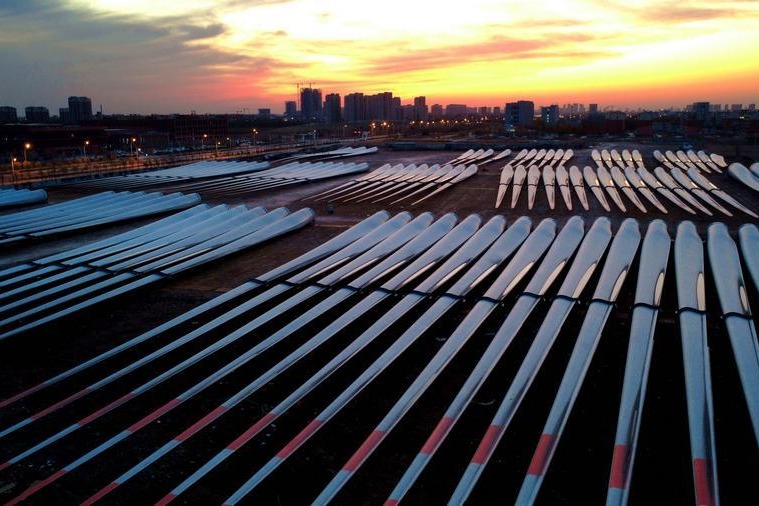Feeding the past with the present

From an outsider's perspective, China has two faces. The first encompasses marketable material — gargantuan cities unfolding over the landscape, their monuments like tendrils daring the sky to flee. It is the green, progressively efficient promise of tomorrow mobilized through untiring office culture. It is the LED-assisted consumer paradise.
The second face is old and quiet. It inhales through one generation and exhales through the next, managing the tempo of humanity's heartbeat.
On a whim, I found myself in Mangling township in Luoyang, Henan province. I'd begun a work trip in the prefecture-level city of Luoyang to film a video about the three-wheeled vehicle industry. After multiple visits to factories with impressive output, my director suggested we make an impromptu visit to a rural area to interview the farmers who use the vehicles, which are called sanbengzi in Mandarin. Her last-second idea brought me closer to a farm than I had been since childhood.
I remember when the road to my home was paved for the first time and when the community debated whether or not we should install our first stoplight. Modernity crept its way into our lives, as it did all corners of the United States. The sparkle of the new replaced the dignity of the old. It was an easy transition; the nation's roots are shallow.
My hometown has a history of ranching and farming, the traces of which still exist if you look for them. My neighbors raised donkeys, chickens and horses. Family dogs barked at each other from across fenced yards, as the distance between homes was a walk. For a time, we cared for a family of peacocks. Life was still.
I felt the nostalgia in Mangling, surrounded by nutrient-dense earth. My coworker spotted a farming couple in a field and went to speak with them. She learned that their children were working and attending school in the city. They were happy to see her and invited her to their nearby home for lunch and tea, but she had to refuse. We were on a tight schedule.
Our interviewee let me ride in the bed of her sanbengzi as I asked questions. She told me that everyone in town owned one. Some families even owned two. Her job was to drive farmers up and down rows of crops to shorten their travel time. Others rode around collecting the harvest to transport it to storage, saving the farmers' aching backs.
I did what I could to catch moments of silence between film takes. I tried to listen to the wind and feel the soft soil beneath my shoes. I thought about the food growing all around me and the sturdy hands collecting it. They are the same hands that fed empires, the hands with which history was written.
Now, they feed minds that innovate. Educated engineers devise electric sanbengzi. They create an enclosed version with air conditioning and touch screens for comfortable travel at a price the land workers can afford. China's future feeds the past on which it stands.

Today's Top News
- Macao SAR holds flag-raising, reception to mark 26th anniversary of return to motherland
- China issues rules to regulate pricing practices of internet platforms
- US hits over 70 IS-linked targets in Syria in massive retaliatory strikes
- Coffee needs cooperation, not confrontation
- Technological innovation brings cultural heritage alive
- Consumption to play bigger part in growth






























